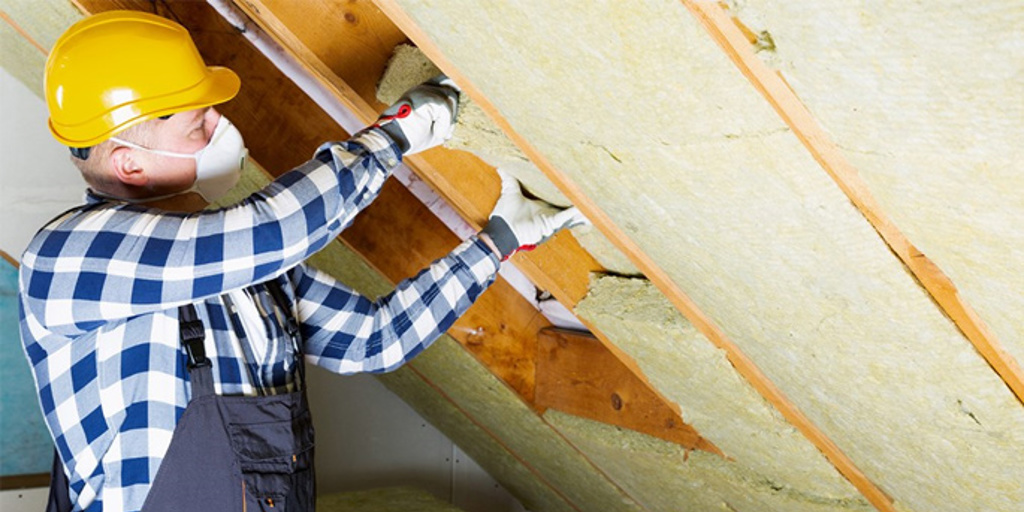In an era where energy efficiency and sustainability are at the forefront of home design and renovation, residential insulation plays a crucial role in enhancing both comfort and energy savings. Proper insulation not only helps to maintain a consistent indoor temperature, regardless of outdoor conditions, but it also reduces the reliance on heating and cooling systems, leading to lower energy bills and a smaller carbon footprint. As homeowners become increasingly aware of the environmental impact of their choices, understanding the types and benefits of residential insulation has never been more essential.
This article delves into the various types of insulation materials available, their unique properties, and how they can be effectively used in different areas of a home. From traditional fiberglass batts to innovative spray foam options, we will explore the advantages and disadvantages of each type, as well as tips for installation and maintenance. Whether you’re building a new home or renovating an existing space, understanding residential insulation will empower you to make informed decisions that enhance your home’s efficiency, comfort, and overall value.

Types of Insulation Materials
There are several types of insulation materials available, each with distinct properties and applications. Fiberglass insulation is one of the most common choices due to its cost-effectiveness and versatility, making it suitable for walls, attics, and floors. On the other hand, spray foam insulation has gained popularity for its superior air sealing capabilities and high R-value, which can significantly enhance energy efficiency. Other options include cellulose, which is made from recycled paper and is an eco-friendly choice, and mineral wool, known for its fire-resistant properties. Choosing the right material depends on factors like budget, climate, and the specific areas of the home that require insulation. For optimal results, consult with Expereinced Residential Insulation contractors in Houston who can provide tailored solutions based on your needs.
Installation and Maintenance Tips
Proper installation is essential for maximizing the effectiveness of insulation. Homeowners should ensure that insulation is installed without gaps or compression to maintain thermal performance. Additionally, it’s crucial to consider moisture barriers and ventilation to prevent issues like mold and mildew. Regular maintenance includes checking for any signs of wear or damage, particularly in high-moisture areas such as basements and attics. By staying proactive about insulation care, homeowners can ensure their property’s energy efficiency remains optimal for years to come, ultimately contributing to enhanced comfort and lower energy costs.
In conclusion, investing in the right residential insulation and ensuring its proper installation and maintenance are vital steps in creating an energy-efficient home that prioritizes comfort and sustainability. By selecting appropriate materials tailored to their specific needs, homeowners not only contribute to reducing their energy consumption and utility costs but also play a role in minimizing their overall environmental impact. As technology advances and new insulation solutions emerge, staying informed about the latest options and best practices will empower homeowners to make decisions that enhance the longevity and performance of their homes. Ultimately, effective insulation serves as a foundation for a cozy living environment while supporting a greener future.



